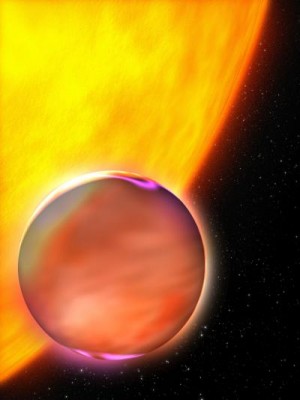
A team of scientists led by Sergei Yurchenko at the University College London recently unveiled findings that will make it easier to find methane in the atmosphere of alien planets.
Today we use a technique that examines how light is refracted in planetary atmospheres, that enables us to assess what substances are present by analyzing the wavelengths of the light.
Since different molecules absorb light in different ways, astronomers can look at how the atmospheres of exoplanets absorbs starlight and then compare their findings to a spectrum making it possible to identify which molecules are present.
Methane is an especially interesting molecule since it is considered as one of the fundamental building blocks of life as we know it. It could, therefore, be the key to finding organisms beyond Earth.
On Earth, methane is created primarily by microorganisms by the process of methanogenesis. It is then carried to the stratosphere by rising air in the tropics. Here the methane has a net lifetime of about 10 years before it is primarily removed by conversion to carbon dioxide and water.
Methane has not been easy to detect though using techniques available today. But it may now become a little easier since a team of researchers at the University College London has managed to develop a new technique making it possible to detect methane particles even at high temperatures.
The team undertook the immense task of calculating how the molecules would absorb light in higher energy states, and their successful undertaking thus resulted in a list of nearly 10 billion spectroscopic lines, each representing a distinct color at which methane can absorb light.
The researchers demonstrated their technique by showing that the planet HD 189733b has twenty times as much methane gas in its atmosphere than previously thought. And this is a planet that has been studied quite a lot.
Future missions, such as the ESA Exoplanet Characterization Observatory (EChO) and the NASA James Webb Space Telescope, might produce better data about a wider variety of alien worlds. When analyzed using this newly developed technique might give us a better chance of finding life in the Universe.
The team findings have been published in the June 16 publication of the Proceedings of the National Academy of Sciences.
_______________
Hunt for extraterrestrial life gets massive methane boost
Spectrum of hot methane in astronomical objects using a comprehensive computed line list
______________________________


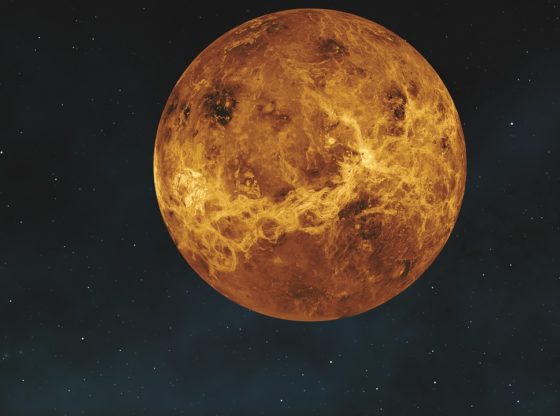
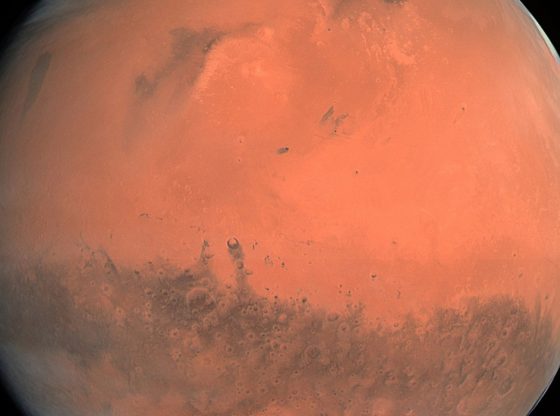
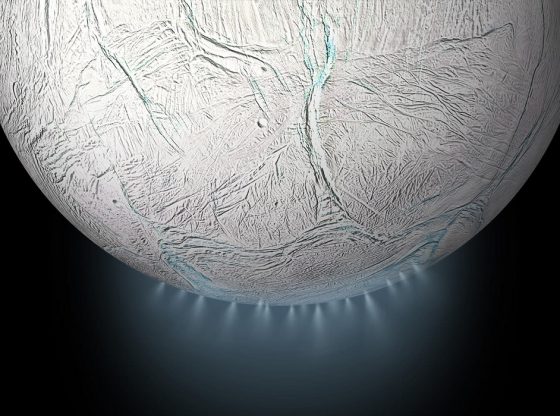
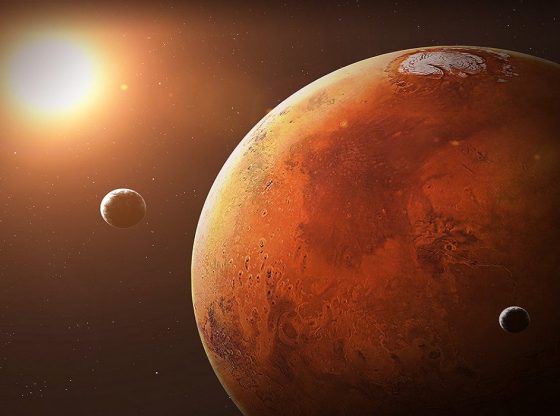
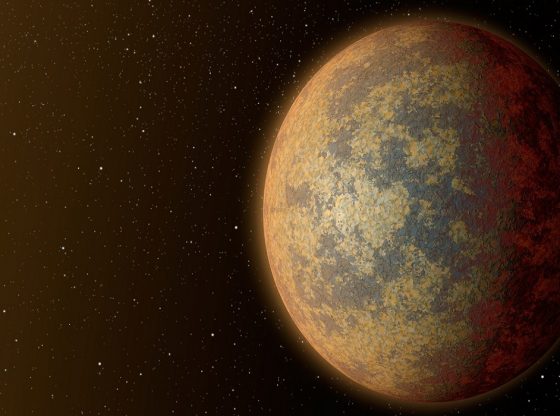




![OpenAI. (2025). ChatGPT [Large language model]. https://chatgpt.com](https://www.illustratedcuriosity.com/files/media/55136/b1b0b614-5b72-486c-901d-ff244549d67a-350x260.webp)
![OpenAI. (2025). ChatGPT [Large language model]. https://chatgpt.com](https://www.illustratedcuriosity.com/files/media/55124/79bc18fa-f616-4951-856f-cc724ad5d497-350x260.webp)
![OpenAI. (2025). ChatGPT [Large language model]. https://chatgpt.com](https://www.illustratedcuriosity.com/files/media/55099/2638a982-b4de-4913-8a1c-1479df352bf3-350x260.webp)








